Lee Child, and Using Common Sense When Writing About Cops
Today, when your keystrokes guide your police officer/detective/protagonist through the perils that go hand-in-hand with saving the world from total devastation, pause for just a moment and consider the lives of real-life officers. Do your characters measure up to a human officer’s abilities? Have you over-written the character? Are they mindless, superheroes? Have you given them human emotions? Is the danger level realistic? Are your action scenes believable?
I read a lot. A whole lot. Book after book after book, including tons of stories written by readers of this blog. Think about what you’ve seen on this site for the past few years—cordite, uniforms, handcuffs, Miranda, Glocks, Sig Sauers, edged weapons, revolvers, defensive tactics, etc. Where do I get my ideas? Well … mostly from the mistakes writers make in their books (smelling cordite, thumbing off safeties when there aren’t any, etc.).
The same is true at the Writers’ Police Academy and our exciting new venture “Writers” Police Academy Online” that’s scheduled to go live in October 2020. We present workshops mostly based on questions we hear from writers. We also develop sessions that stem from the inaccuracies found in various books, TV shows, and film. Several of the activities at the WPA are based upon actual events that occurred during the year , such as the Boston bombings, school shootings, etc.
Not so long ago I was reading a wonderfully written book when a paragraph stopped me dead in my tracks. So I backed up to re-read a few lines to make certain that what I’d read was actually on the page and not my mind playing tricks on my tired eyes. Nope, there it was as plain as day, one of the most impossible, unbelievable ways to kill ever written (I won’t go into detail to protect the author’s reputation). Then, to make matters even worse, the scene was followed by a few more paragraphs containing incorrect information about the weapons and materials involved in the goofy slaying. Not even close to reality, and it was obvious that reality was the intention.
This was a problem for me. I really liked this author’s voice. It was fresh, new, and exciting. However, I doubt that I’ll pick up another of this author’s books. Why not? Because he/she didn’t bother to check simple facts. They didn’t even make an effort to use common sense. I wondered if they’d ever seen a real-life cop.
Writing Reality
One of the top thriller writers of our time, Lee Child, writes some pretty over the top action, but he does so in a way that makes you believe it, even though some of it probably couldn’t happen in real life. I once asked Lee how much research he conducts before writing his books.
His answer was, “Better to ask if I do any research before I write the last word! I don’t do any general research. I depend on things I have already read or seen or internalized, maybe years before. I ask people about specific details … like I asked you what a rural police chief might have in his trunk. But in terms of large themes I think it’s difficult to research too close to the time of writing … research is like an iceberg – 90% of it needs to be discarded, and it’s hard to do that without perspective.”
So how does Lee make Reacher’s actions believable? Simple. He uses common sense. Well, that and more talent in his little finger than I have in my dreams.
By the way, in response to Lee Child when he contacted me to ask what what a rural police chief might have in the trunk of his car, I sent him this photo (below).
I took the shot while visiting a sheriff’s office in Ohio. Yes, you may have read the scene that was based on this very image, along with the description I provided to Lee.
The trunk of a patrol car is for the storage of evidence collection material, a defibrillator (not all departments issue defibrillators), extra ammunition, rain gear, flares, emergency signage, accident and crime scene investigation equipment, extra paperwork, riot gear, etc.
Department regulations may determine the contents of the trunk. And common sense will tell you that there are no bazookas, portable helicopters, rocket launchers, or inflatable speed boats inside the trunk of a police car.
However, you might find a baseball bat and glove, a football, or a few teddy bears. Cops often come in contact with children who need a friend.
So please, if you’re going for realism, use common sense.
Common sense will also tell you to ask an expert before plunging into a topic you know nothing about, such as “what might a rural police chief have in his car trunk?”

Lee Child teamed up with his brother Andrew Child to write the next Reacher novel, “The Sentinel.” Andrew, though, will take the reins from that book forward to continue the Jack Reacher series.
On a personal note, Lee Child has been a great friend to me and my family. We are blessed that he has been a part of our lives.
I wish Andrew all the success in the world.

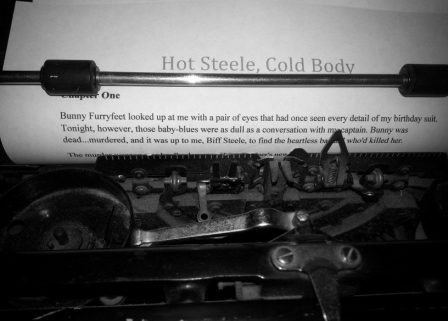
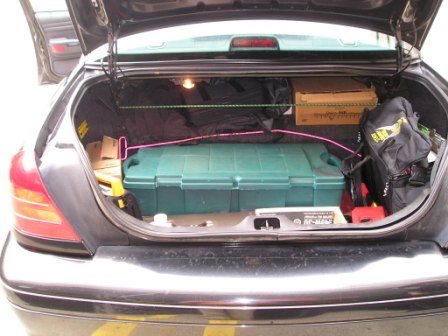
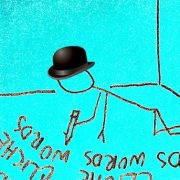
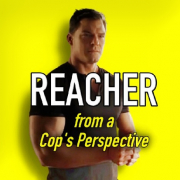

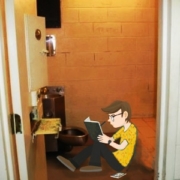
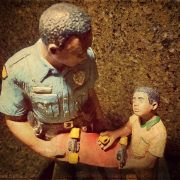

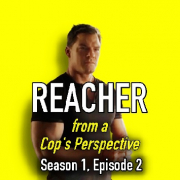




Love your on-line Writer Police Academy, and noticed where a LARGE percent of People attending are Female booklovers who had no experience in Criminal Justice. My Father was soldier who often told me stories of combat from the E.T.O. and Korea, I love History and old war movies, but I am not qualified to write the ‘Thin Red Line’. However I did spend over 30 years as a street Cop, and know police work. Here is another idea, maybe instead of researching what kind of equipment maybe in the truck of squad car, buy the novel of a retired Cop.